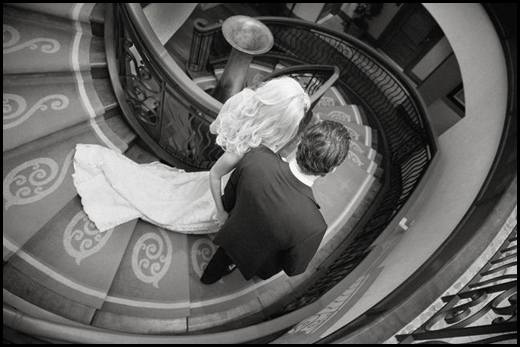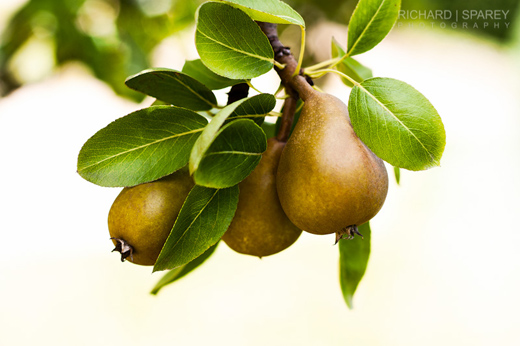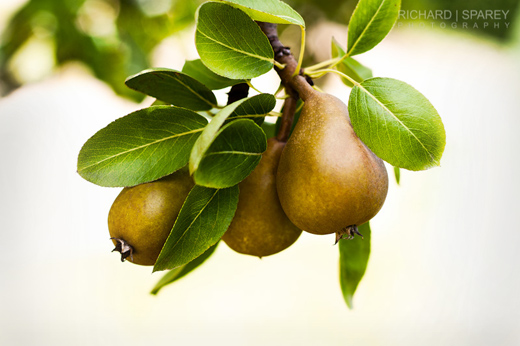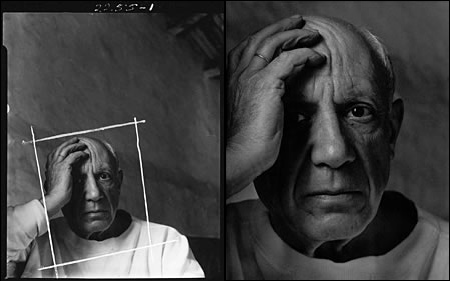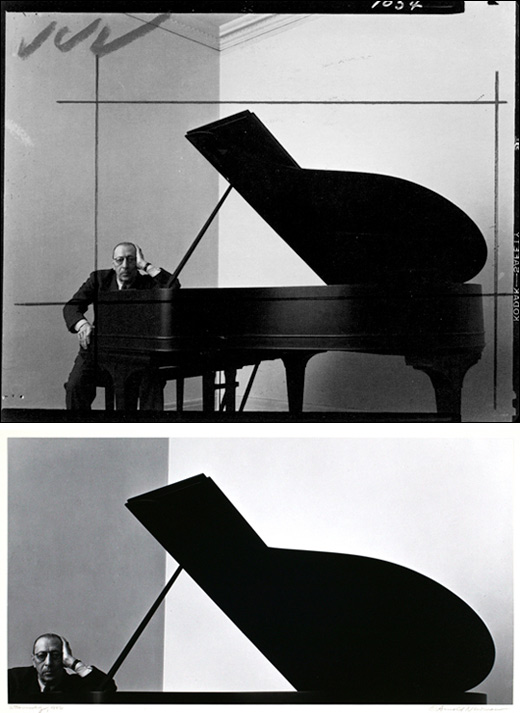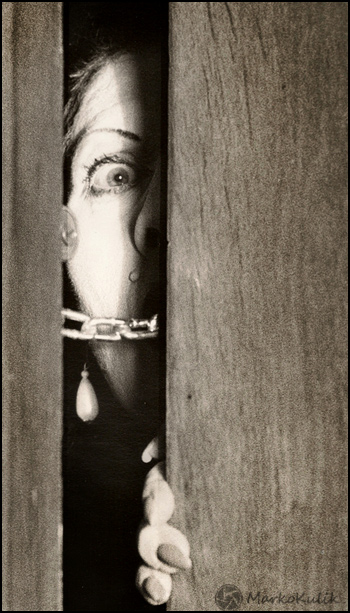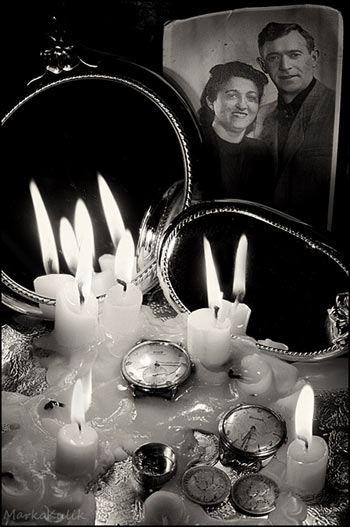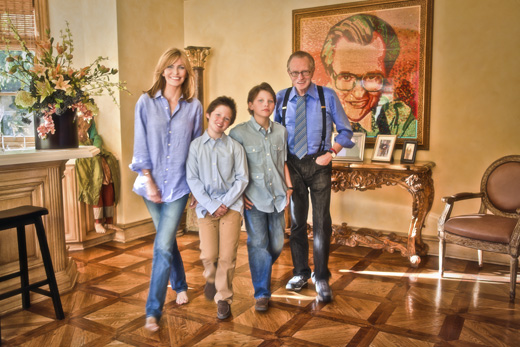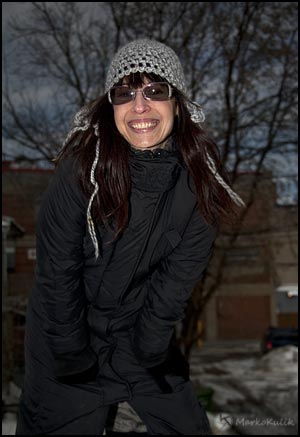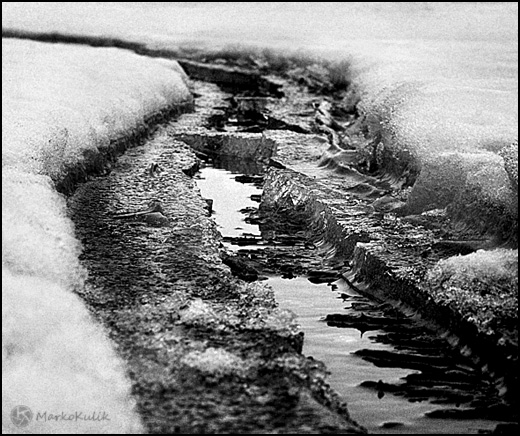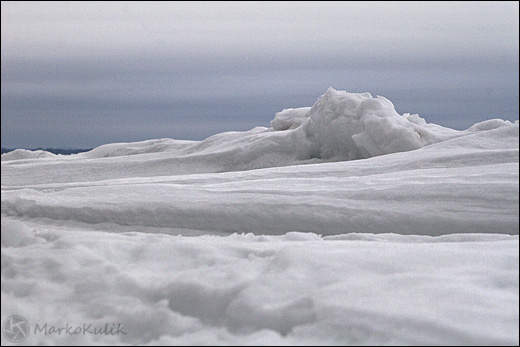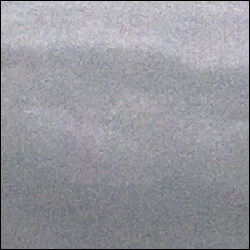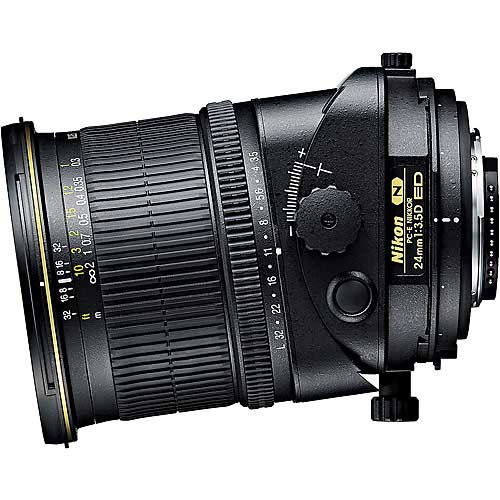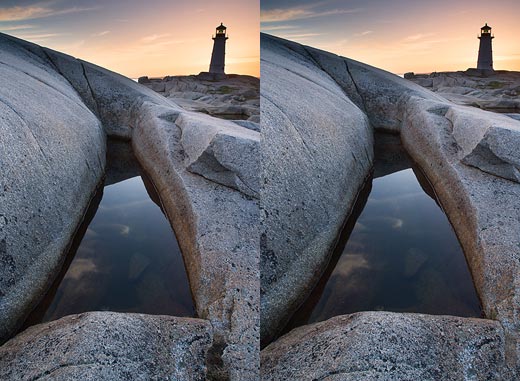Photography podcast #101 features an interview with one of my favorite photographers, fine art photographer Michael Orton. In this podcast we talk about deliberately moving your camera during the exposure. Normally, this is FORBIDDEN and you do everything in your power to keep the camera as still as possible while shooting. But Michael has a very unique way of seeing and has again broken the rules. He has created a unique and fabulous new portfolio of one-of-a-kind abstract landscape images, by way of intentional camera movement. This podcast discusses intentional camera movements for creative effect.
Michael Orton is a fine art photography pioneer. First he created Orton Imagery, AKA the Orton effect some 30ish years ago. This technique has been used by tens of thousands of photographers and has become so popular that Adobe Elements 10 now features an action called the Orton Effect. I’d bet hard that Michael’s technique involving compound camera movements also develops a cult-like following in the years to come. Thanks so much Michael!
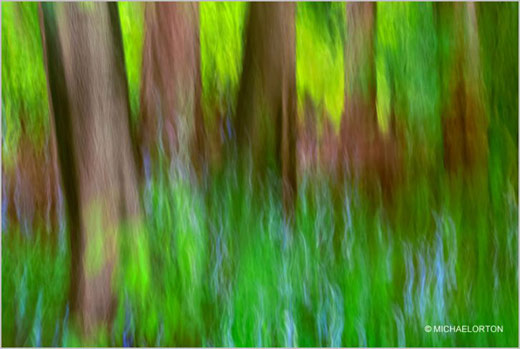
- Awakening by Michael Orton — The abstract painterly feel to this image was created IN CAMERA by using Intentional camera movement.

- Michael Orton at ‘Work’ — Image by Marko Kulik
Links /resources mentioned in this podcast:
– Michael Orton Photography
- Michael Orton’s feature on Photography.ca
– 67 – Orton Imagery – The Orton Effect – Interview with Michael Orton and Darwin Wiggett — Podcast #67
– Photographing Creative Landscapes by Michael Orton: Simple Tools for Artistic Images and Enhanced Creativity
If you liked this podcast and want to review it on Itunes, this link gets you to the main page
If you are interested in writing for our blog please contact me photography.ca ( A T ) G m ail Dot co m (using standard email formatting)
Please join the Photography.ca fan page on Facebook
My Facebook profile — Feel free to “friend” me — please just mention Photography.ca
My Twitter page — I will follow you if you follow me — Let’s connect — PLEASE email me and tell me who you are in case I don’t reciprocate because I think you are a spammer.
If you are still lurking on our forum,
feel free to join our friendly ![]() Photography forum
Photography forum
Thanks to Patrick, Bambi and Glenn Euloth who posted blog comments about our last podcast. Thanks as always to everyone that sent comments by email about our last podcast. Although ALL comments are appreciated, commenting directly in this blog is preferred. Thanks as well to all the new members of the bulletin board. Most of the links to actual the products are affiliate links that help support this site. Thanks in advance if you purchase through those links.
If you are looking at this material on any other site except Photography.ca — Please hop on over to the Photography.ca blog and podcast and get this and other photography info directly from the source. |Subscribe with iTunes|Subscribe via RSS feed |Subscribe with Google Reader|Subscribe for free to the Photography podcast — Photography.ca and get all the posts/podcasts by Email
You can download this photography podcast directly by clicking the preceding link or listen to it almost immediately with the embedded player below.
Thanks for listening and keep on shooting!
Podcast: Play in new window | Download

